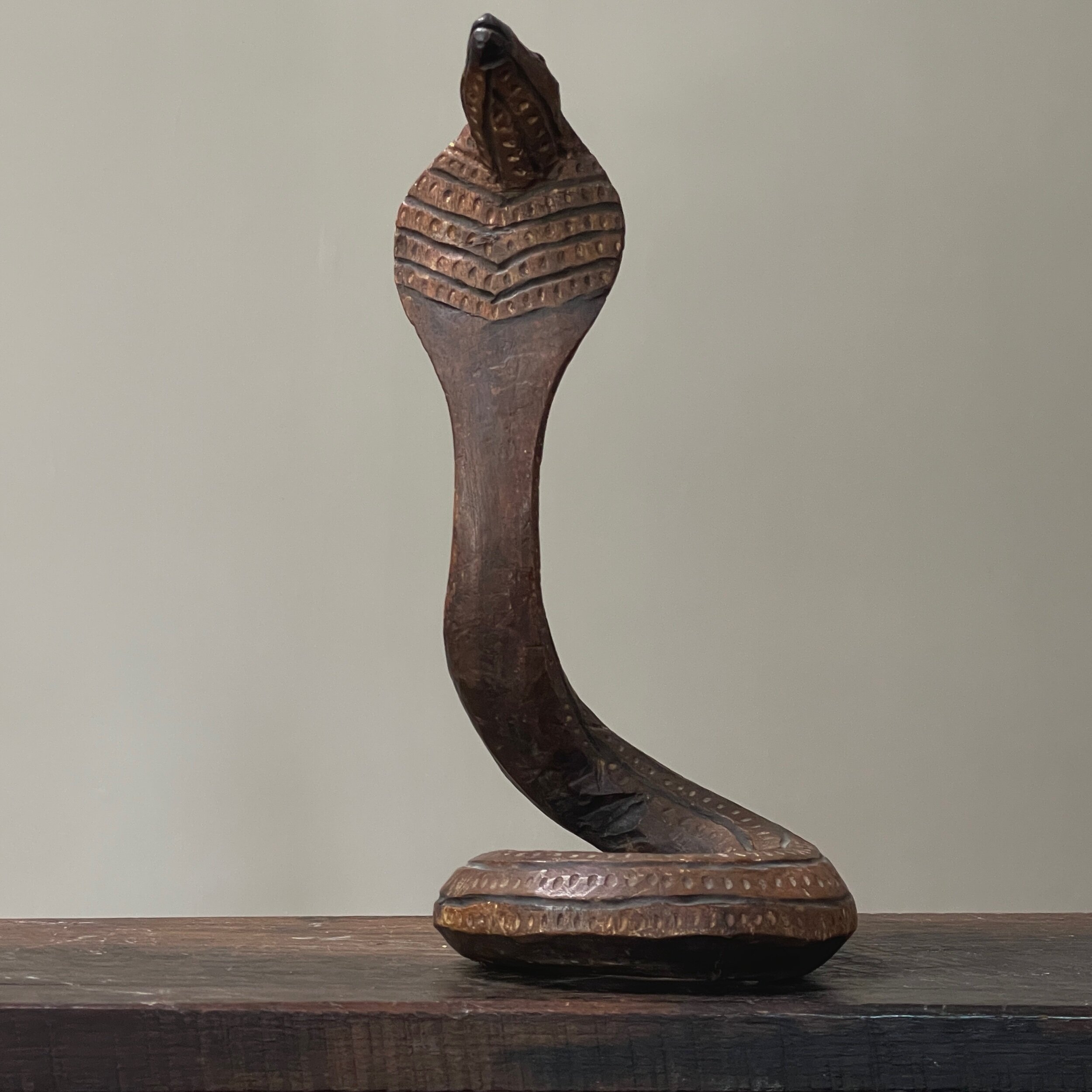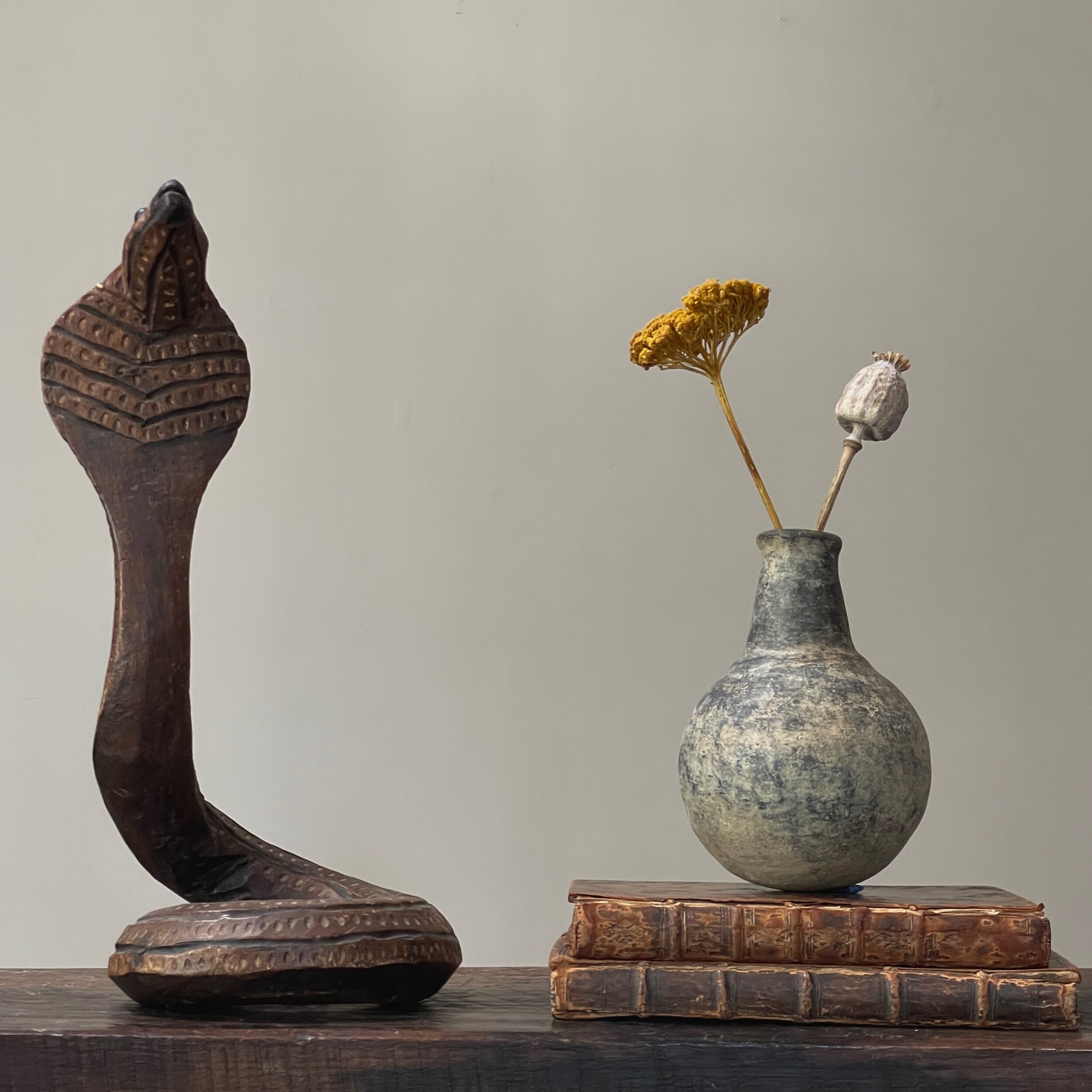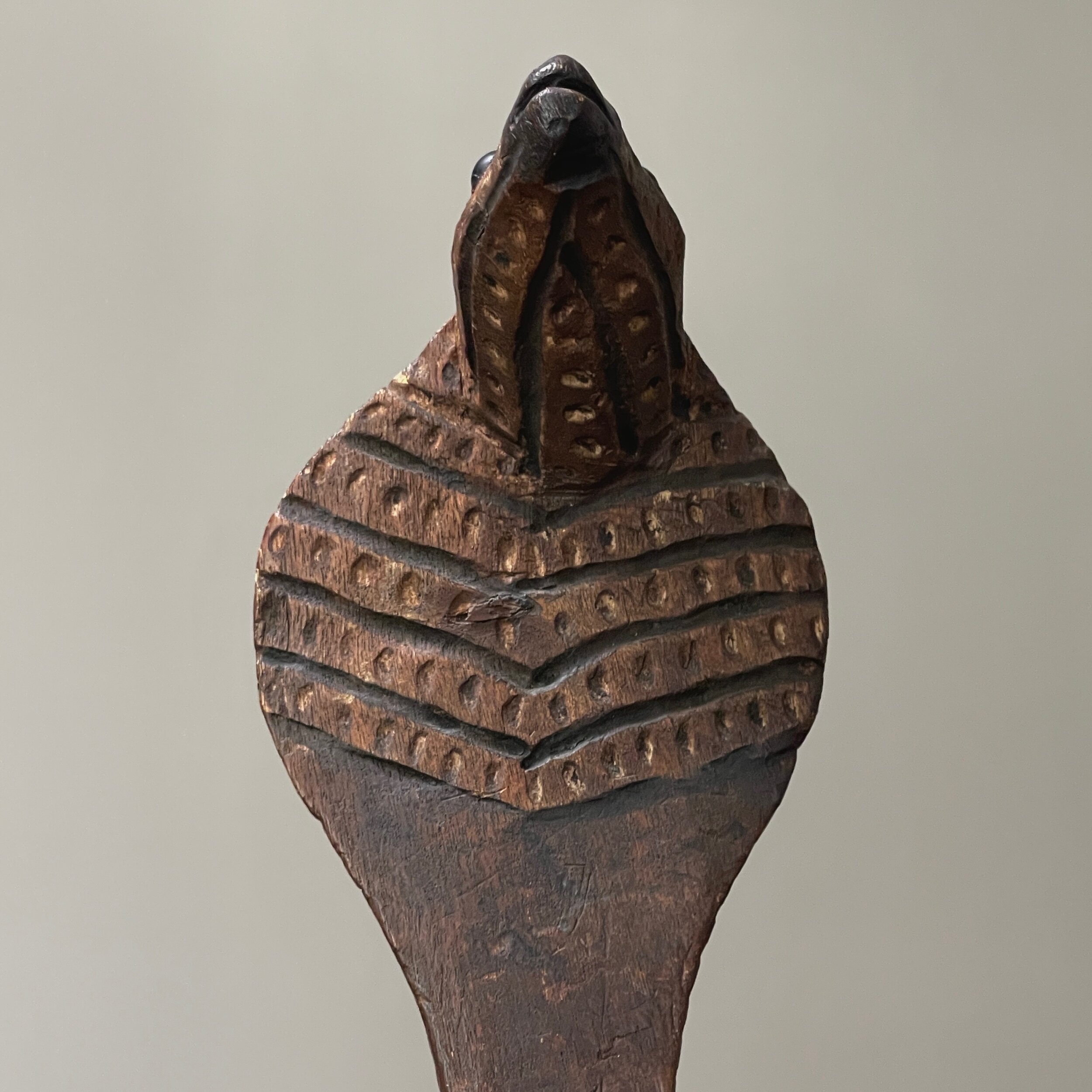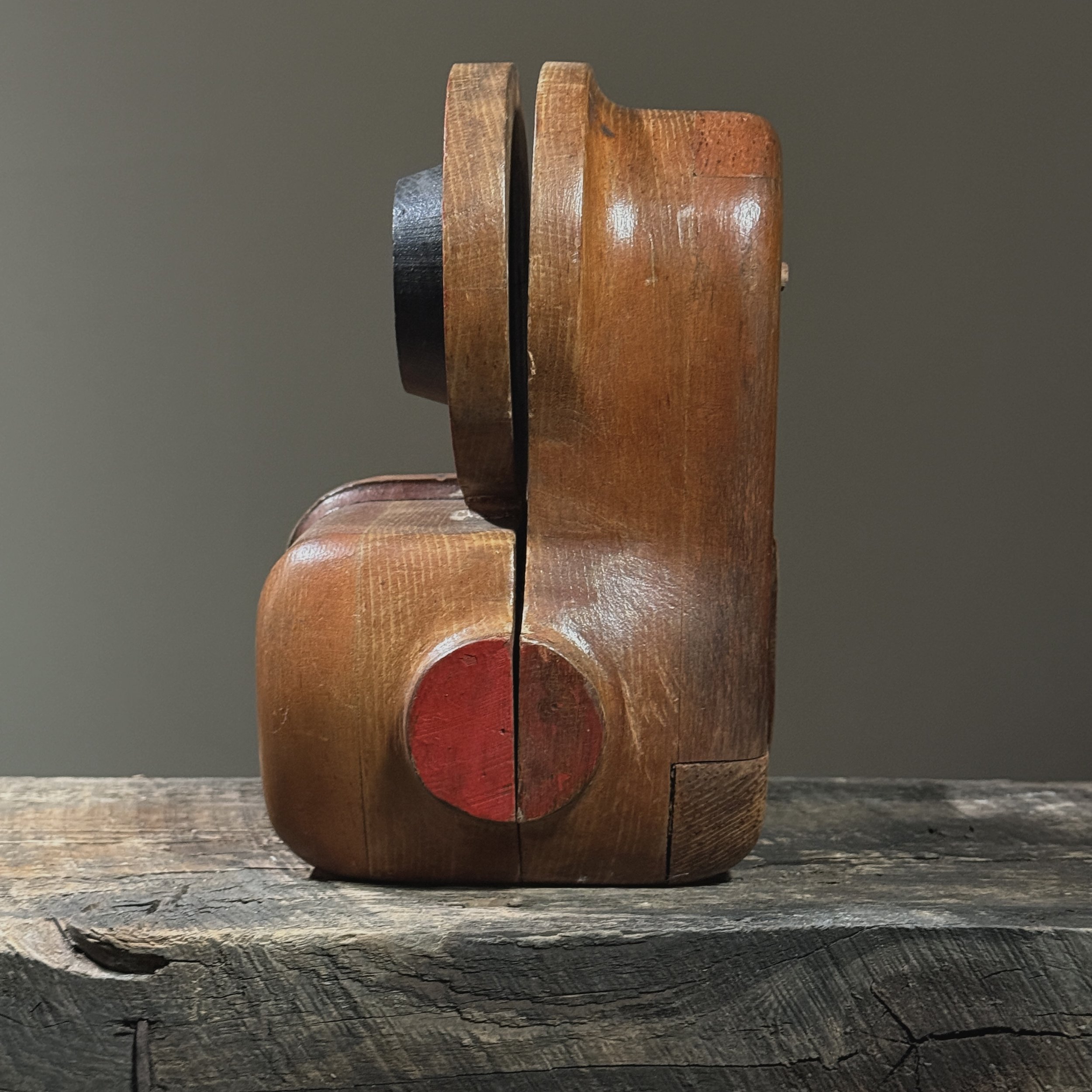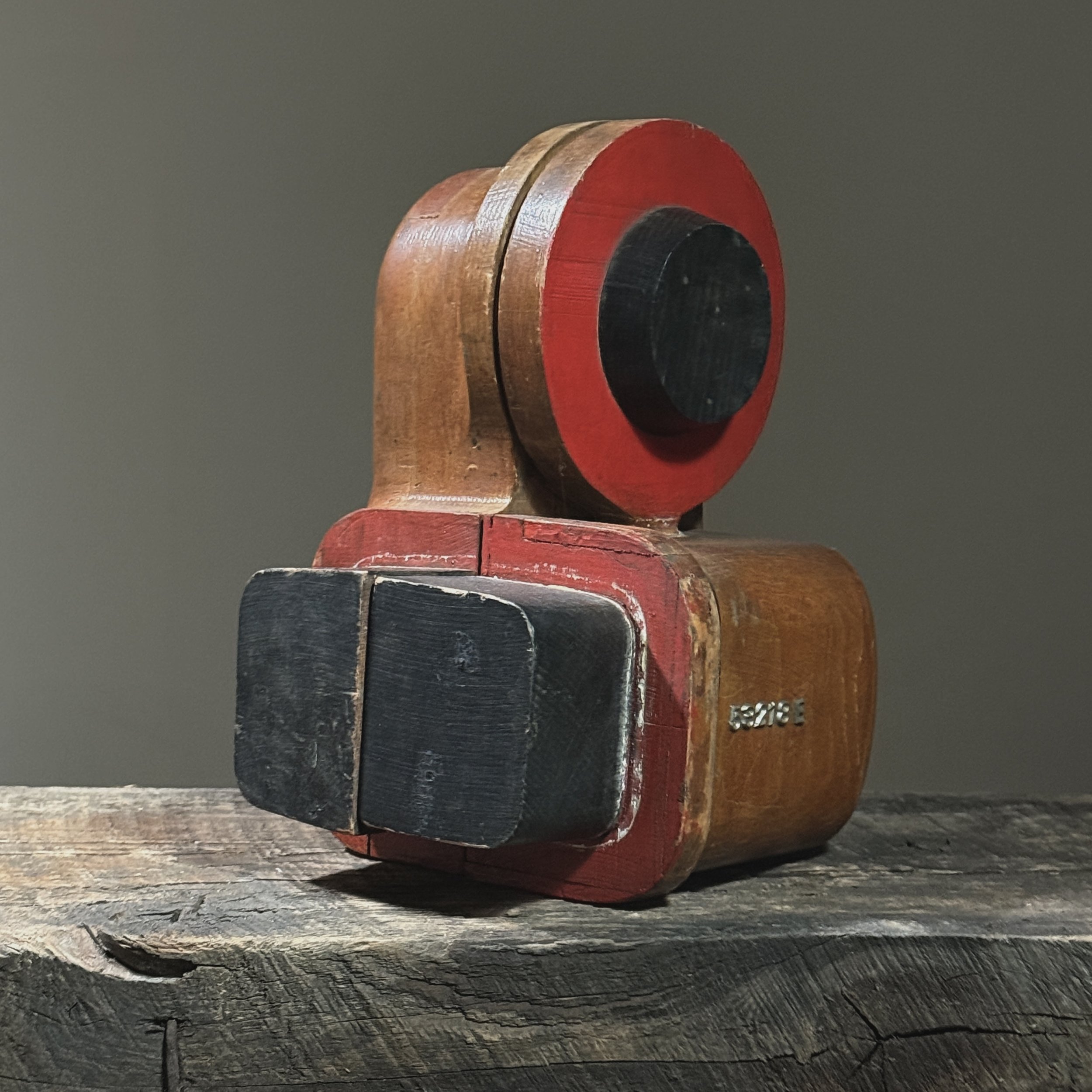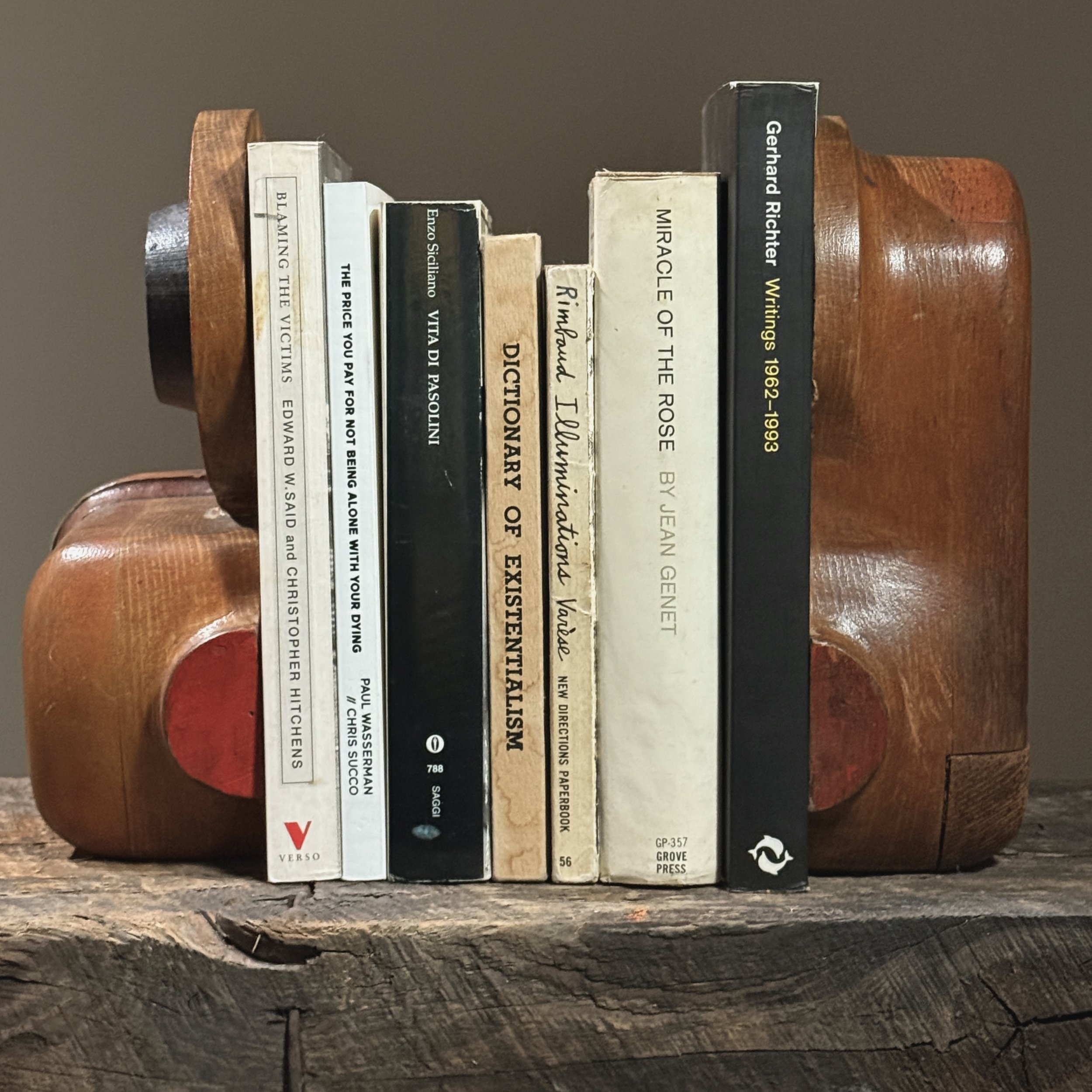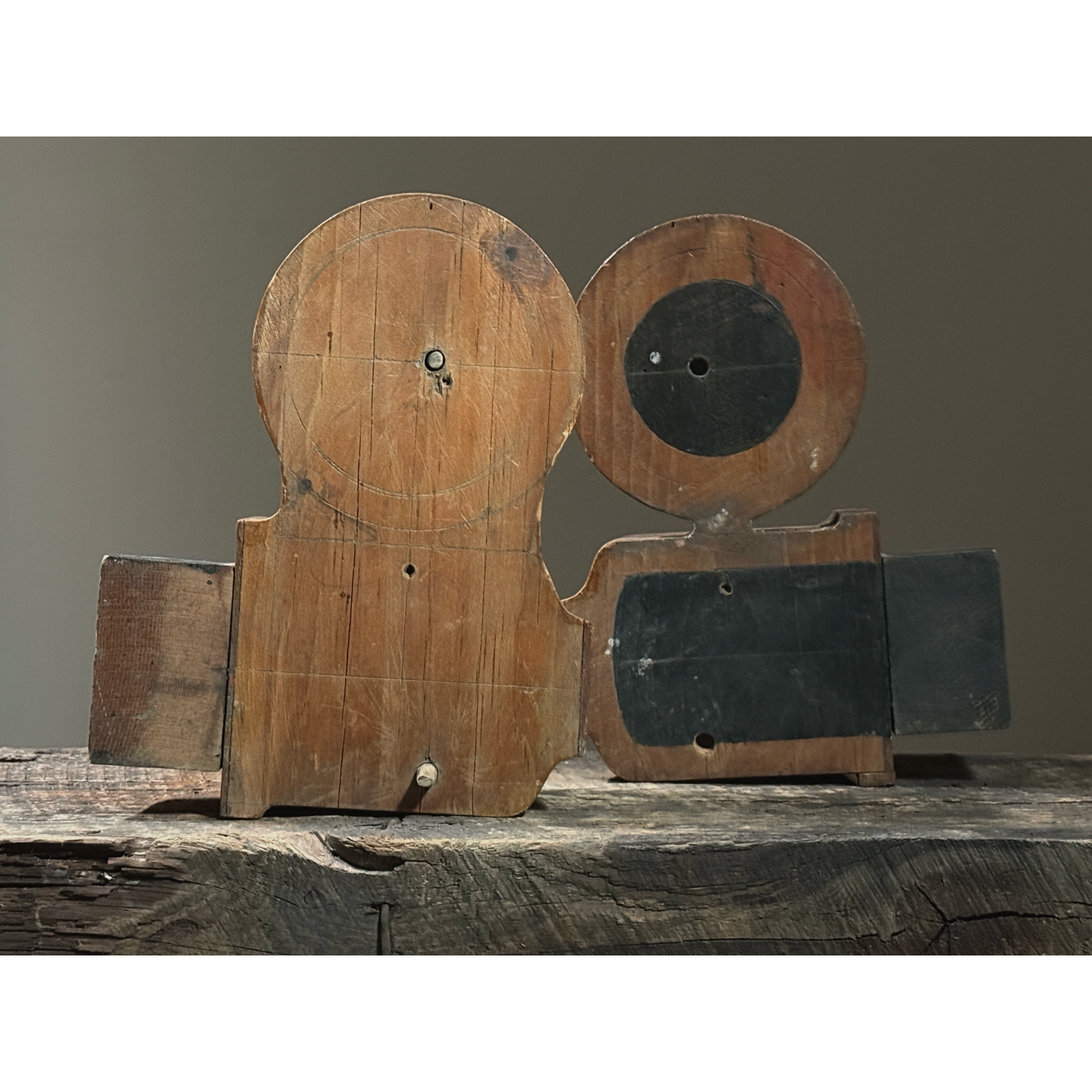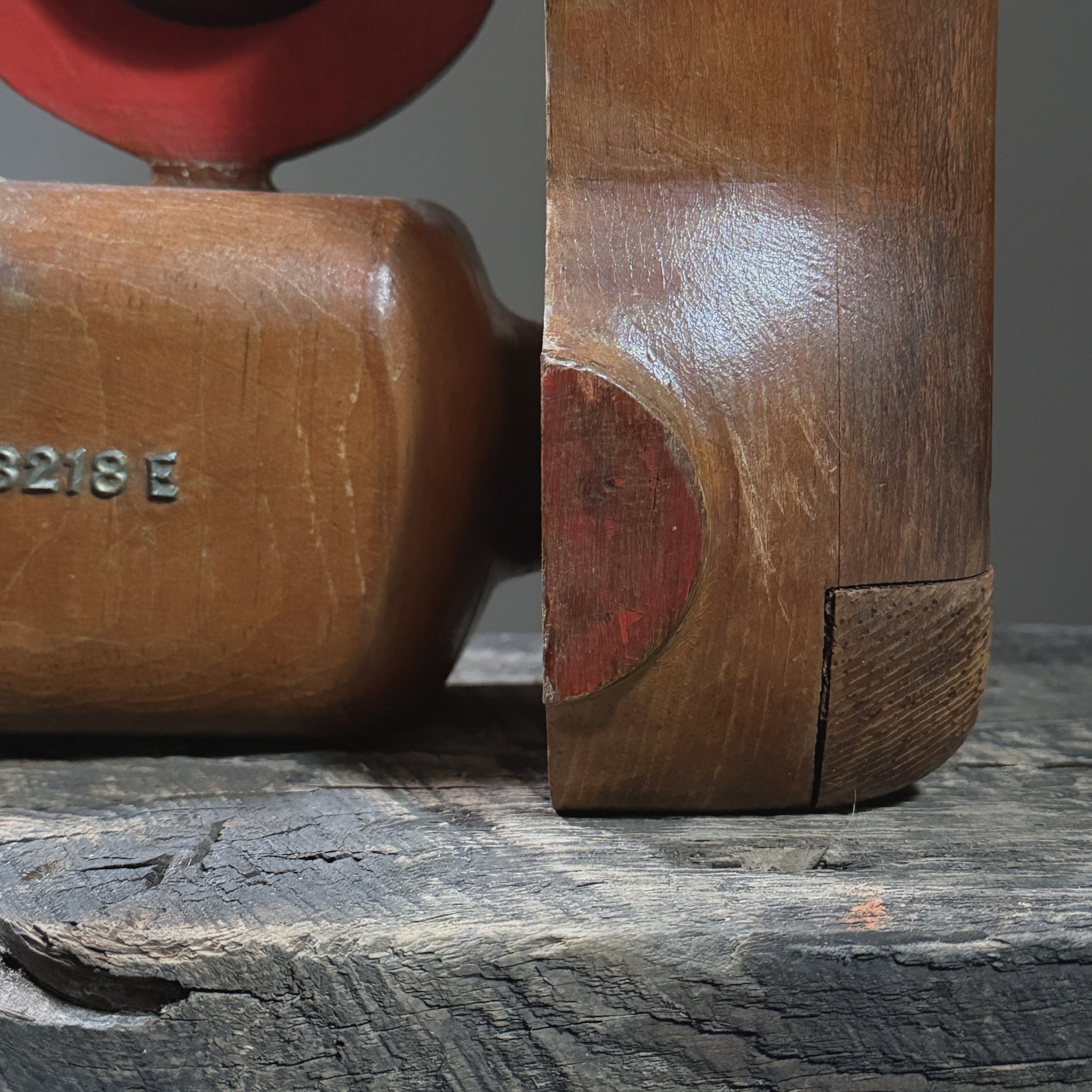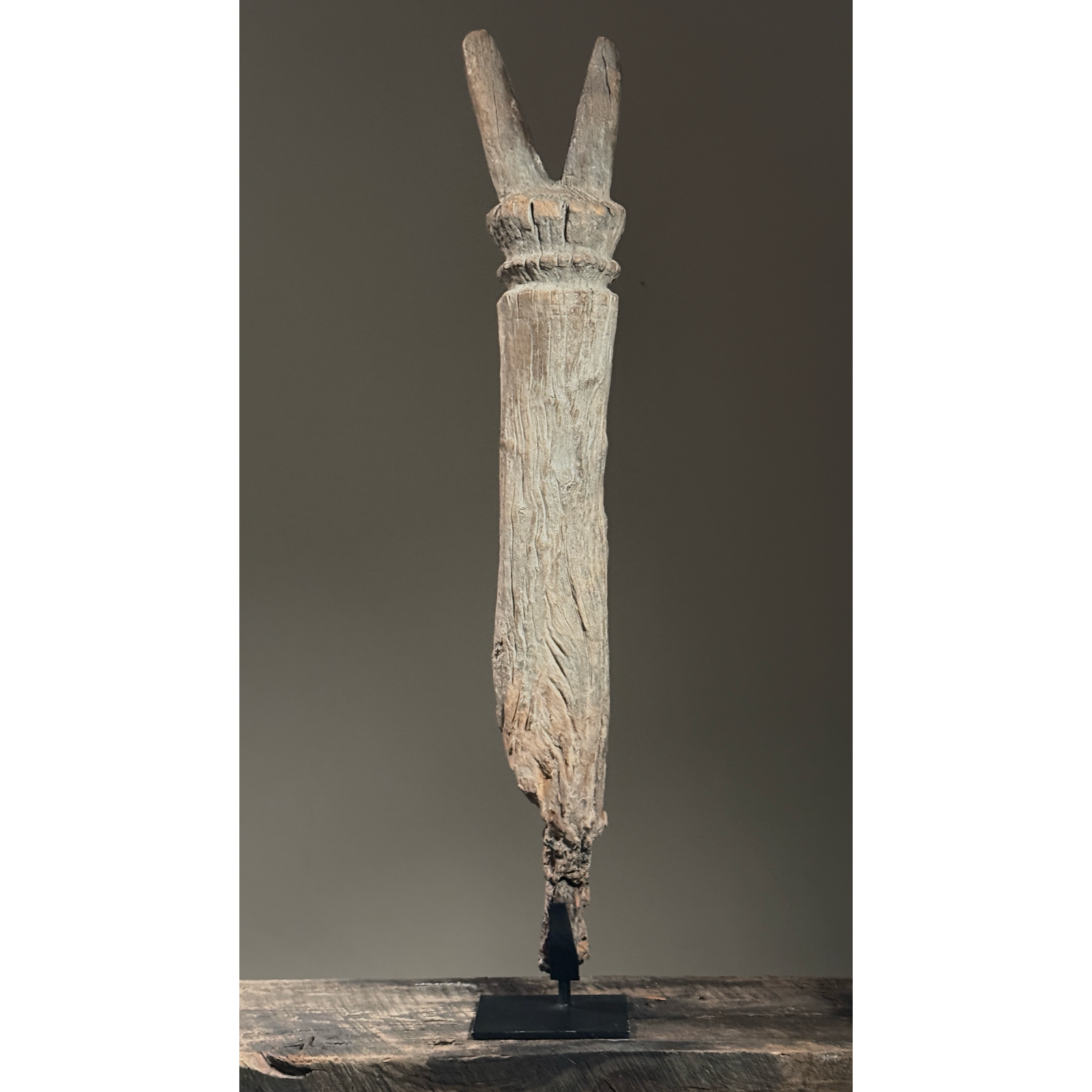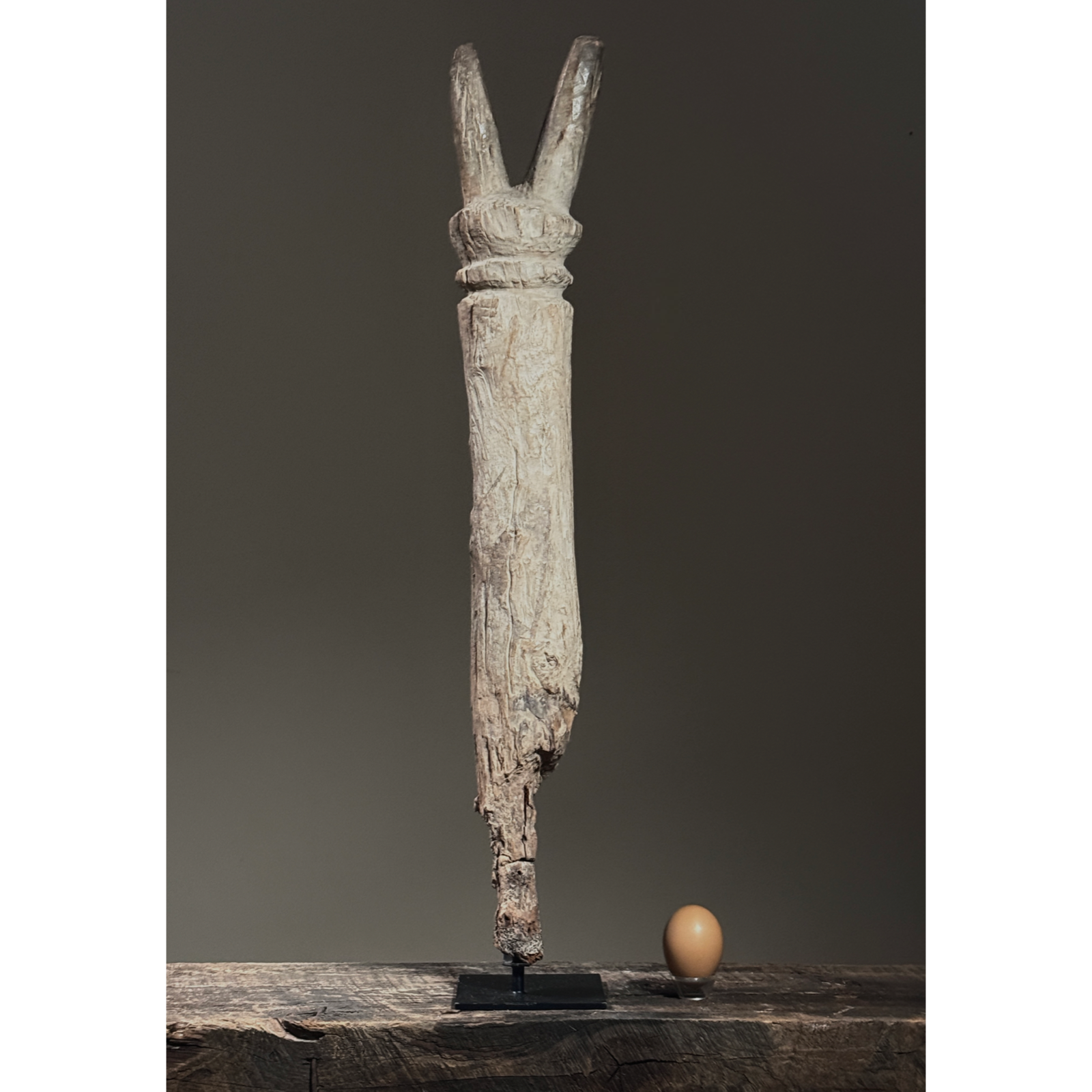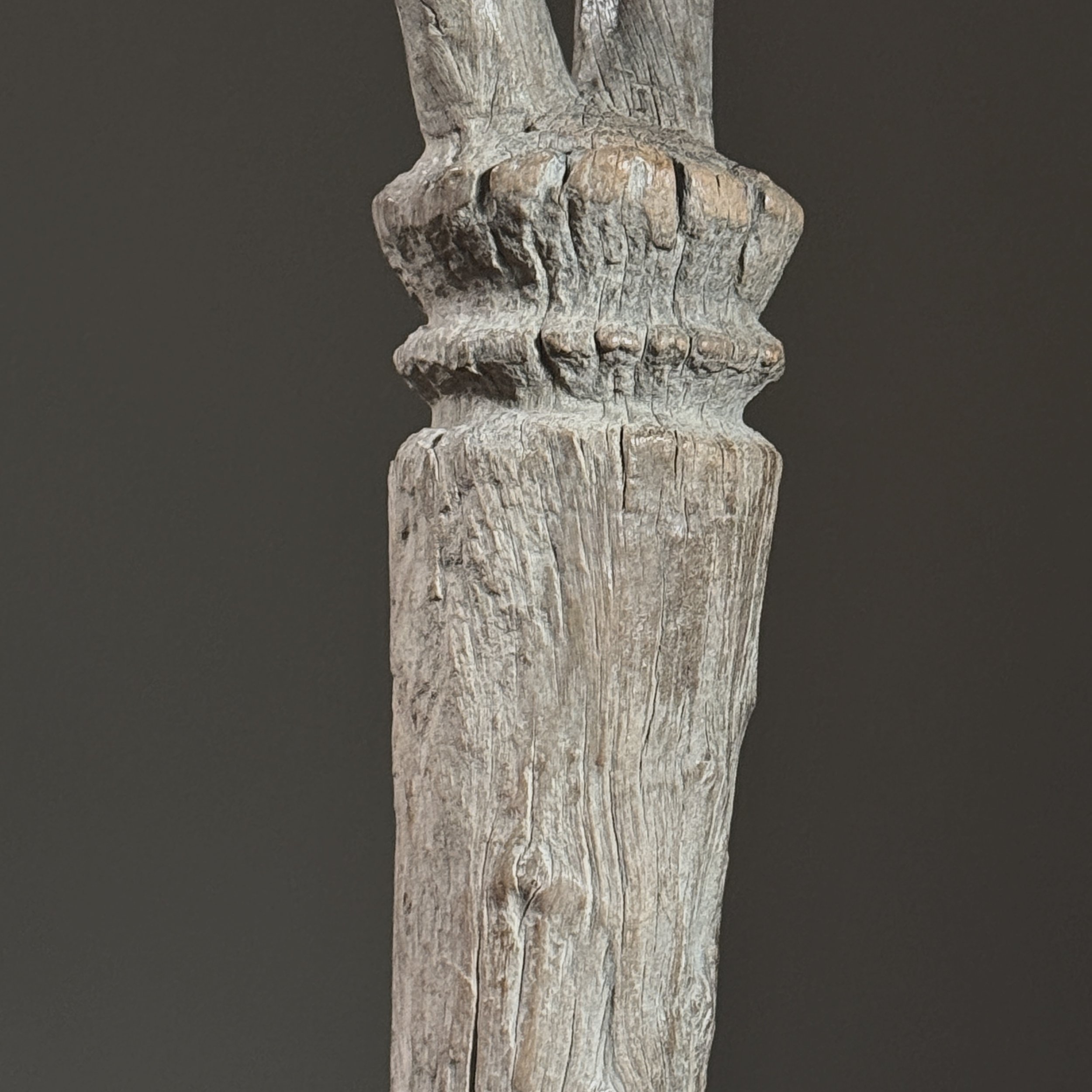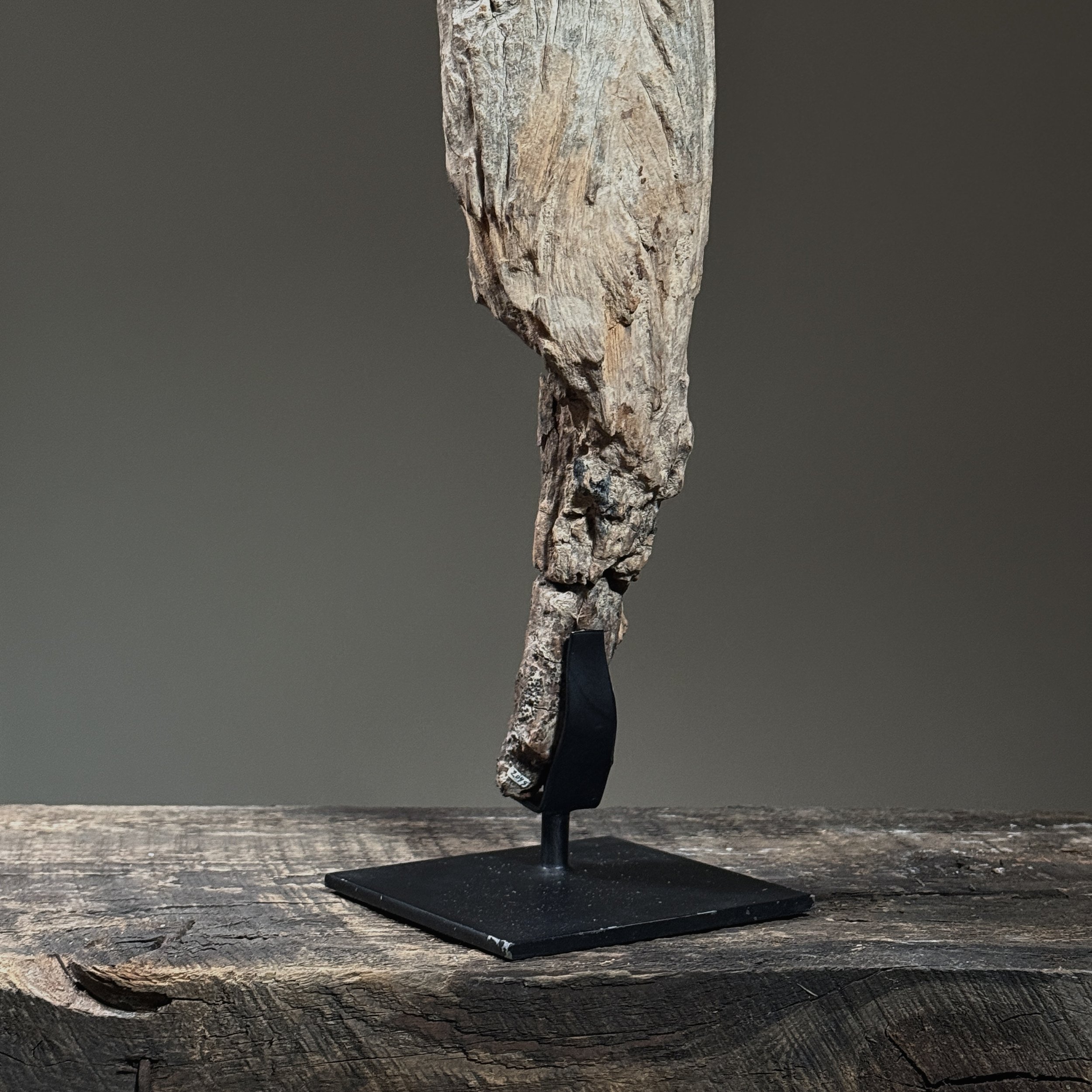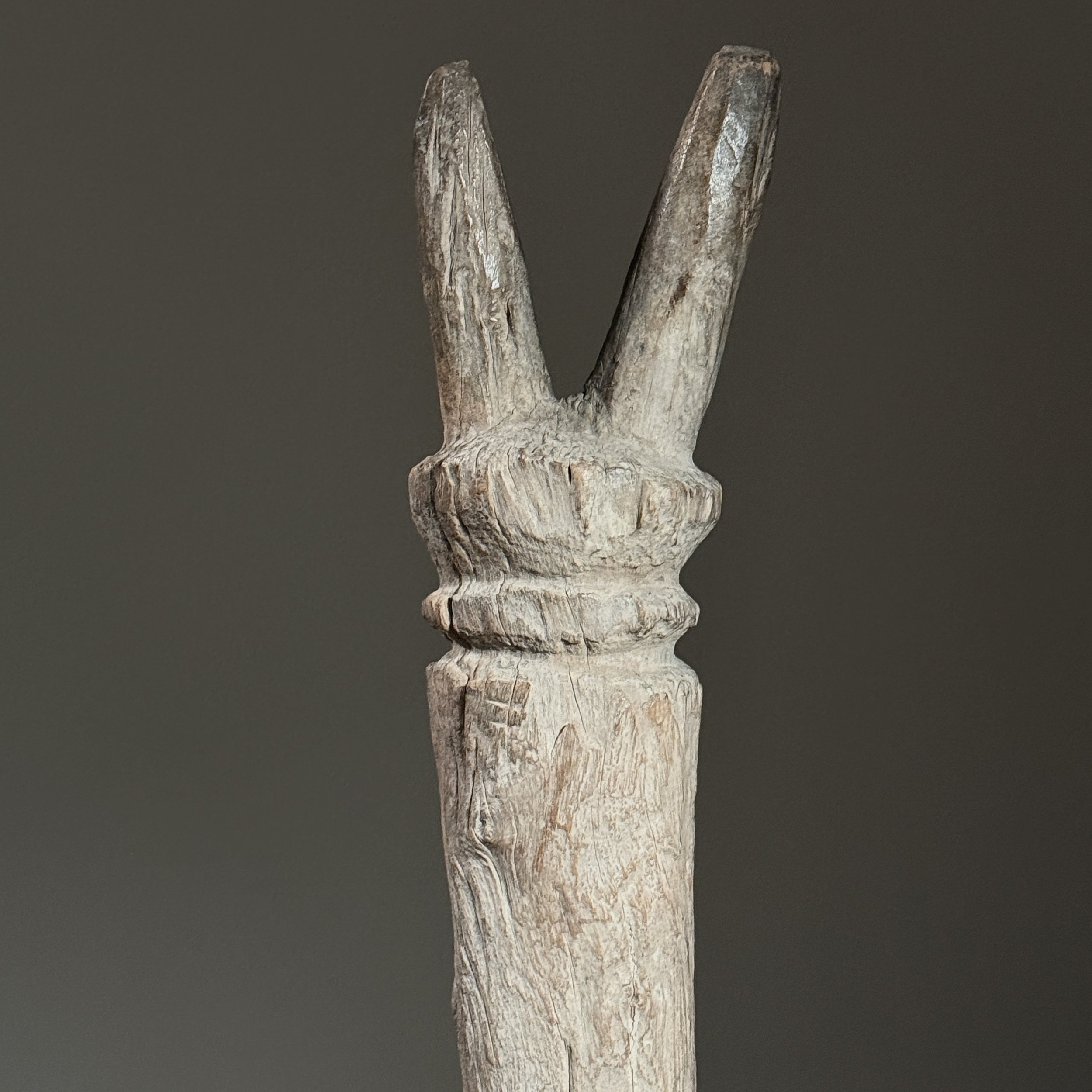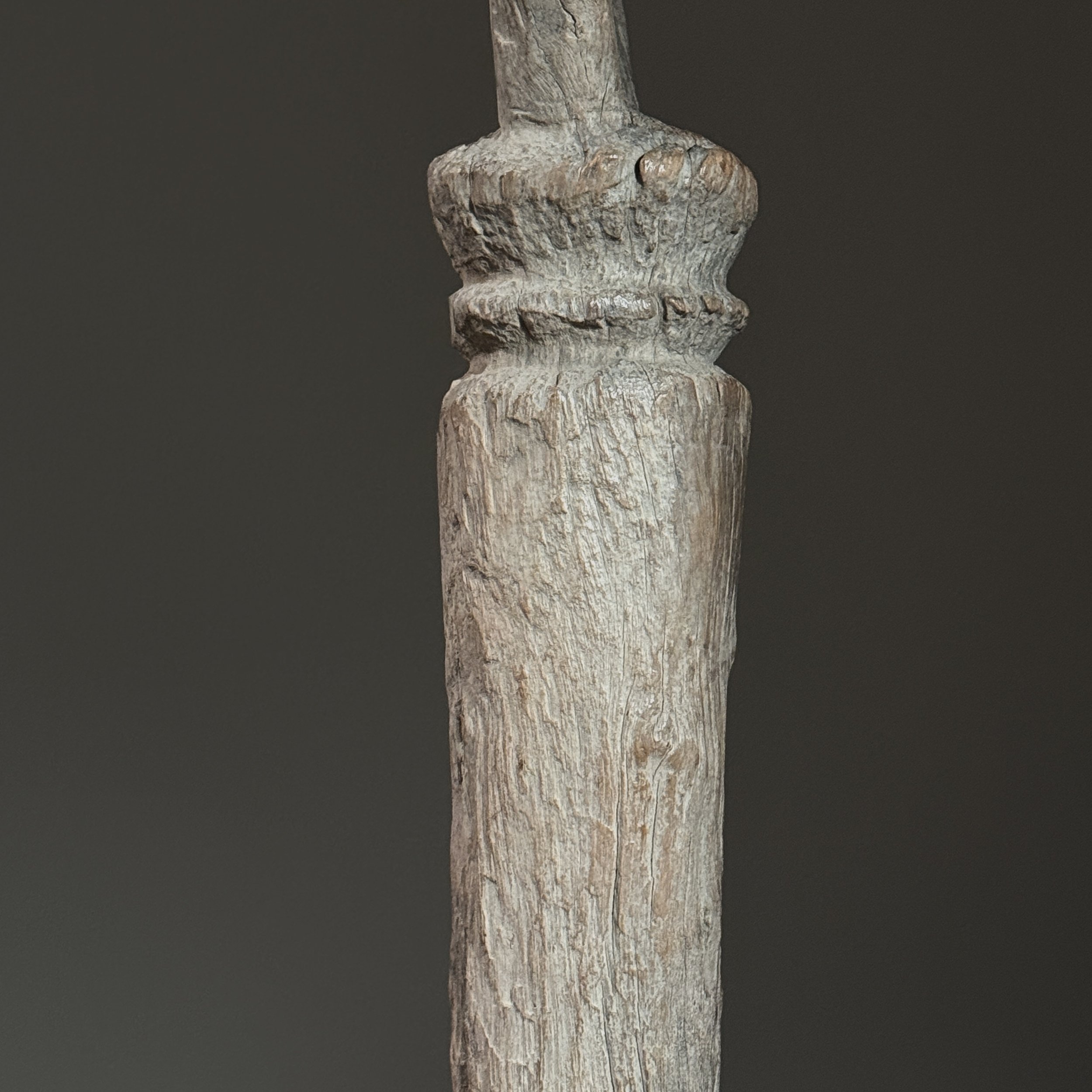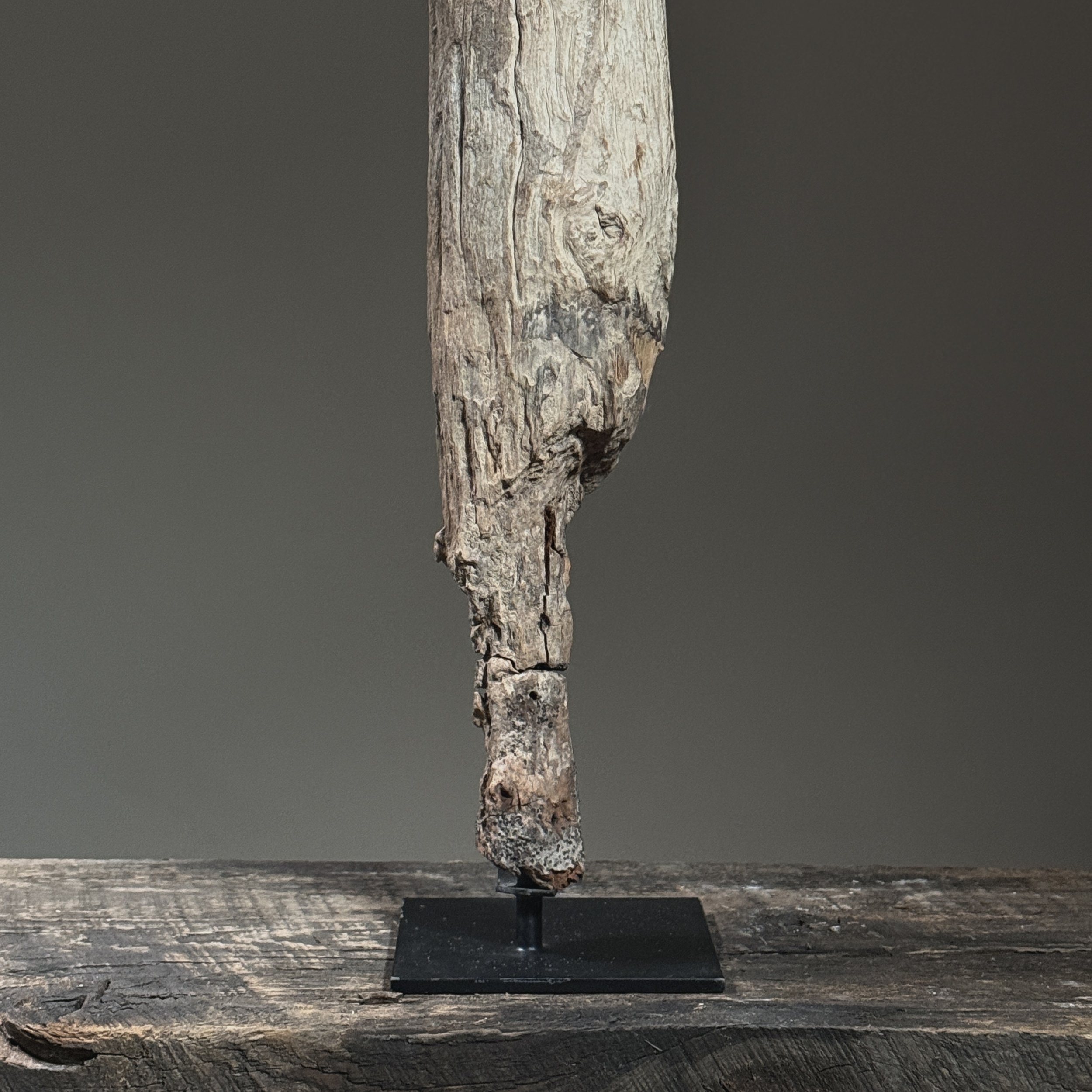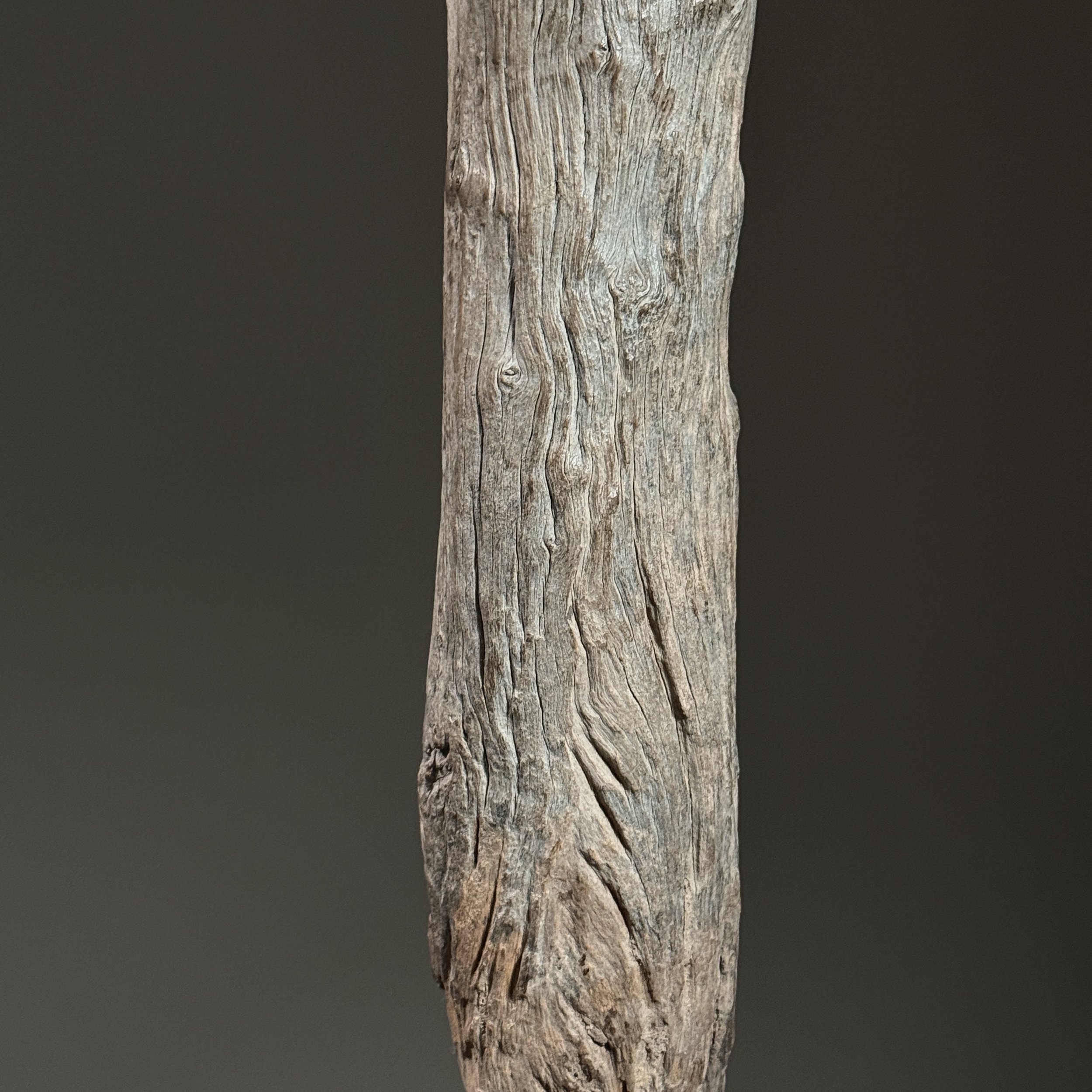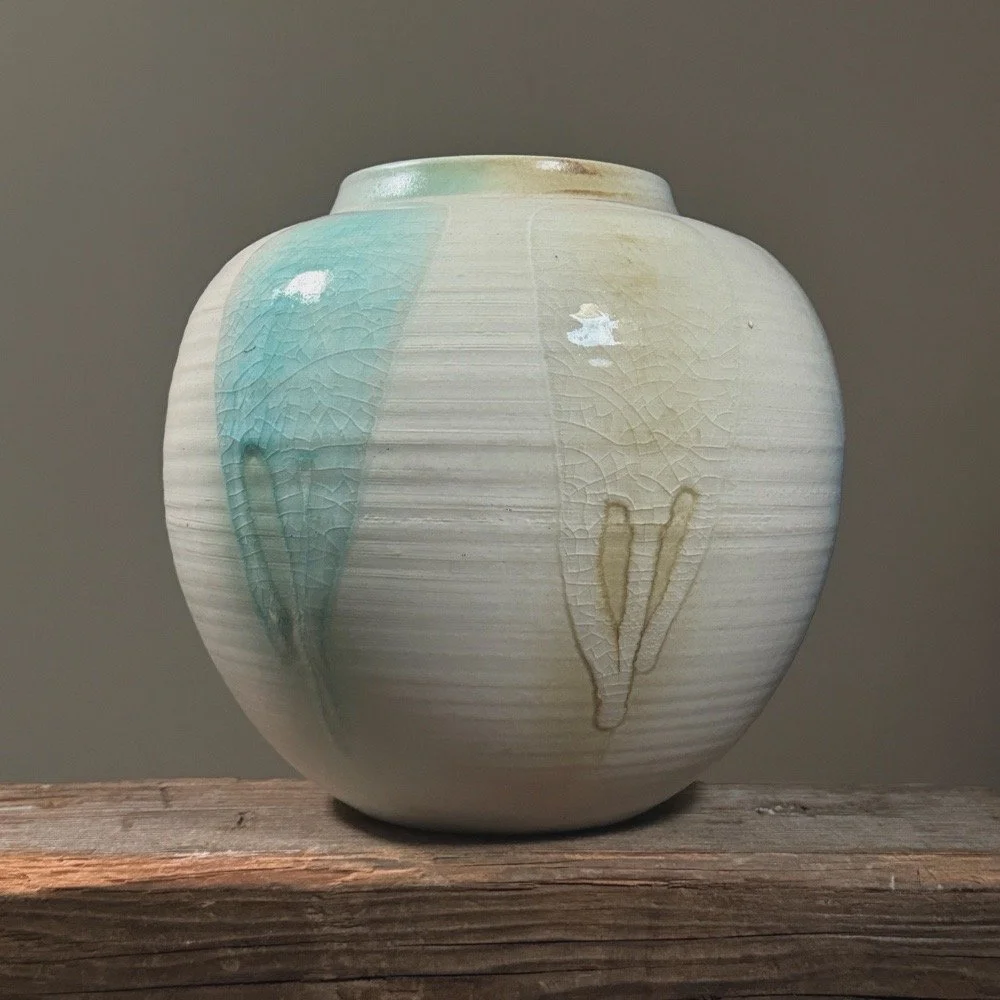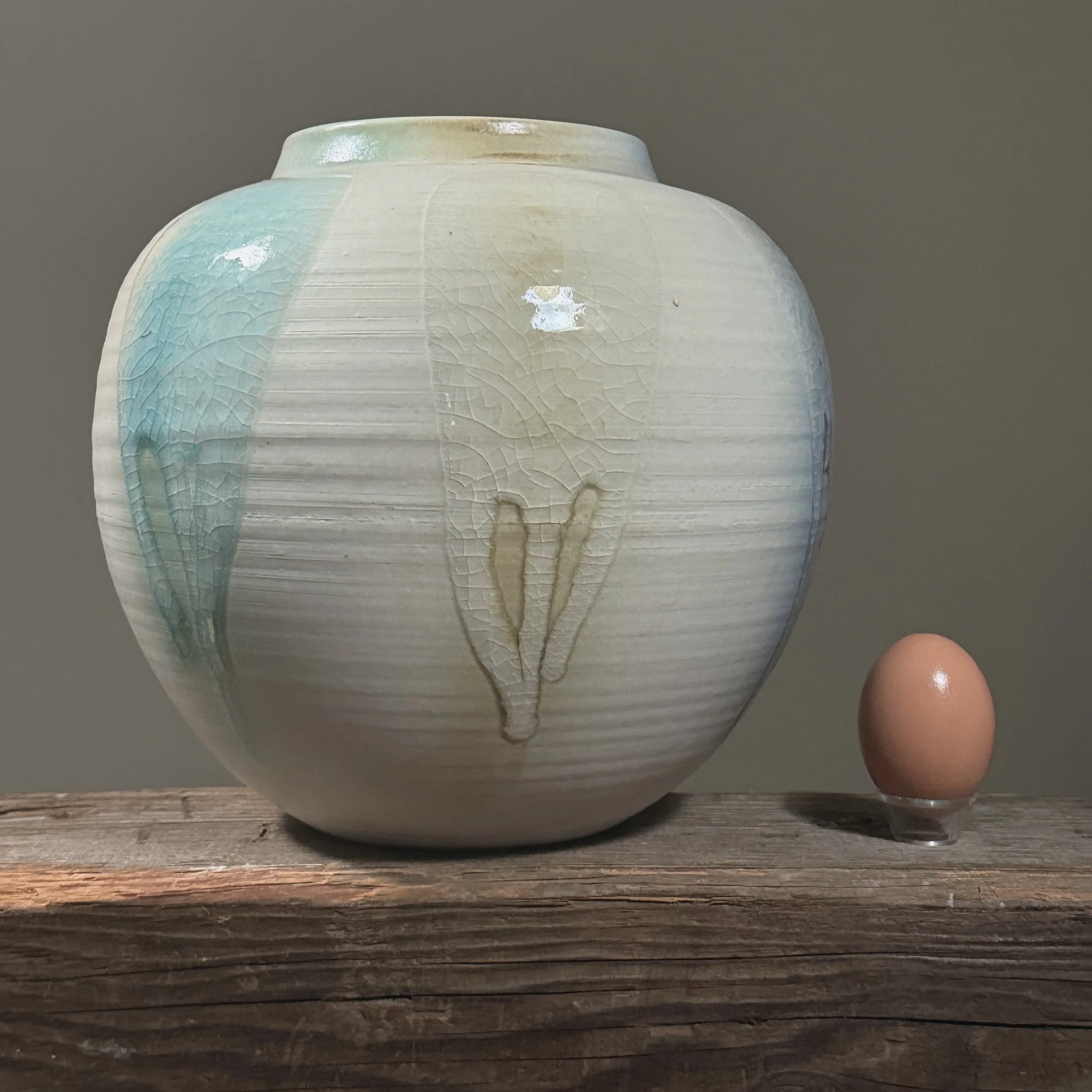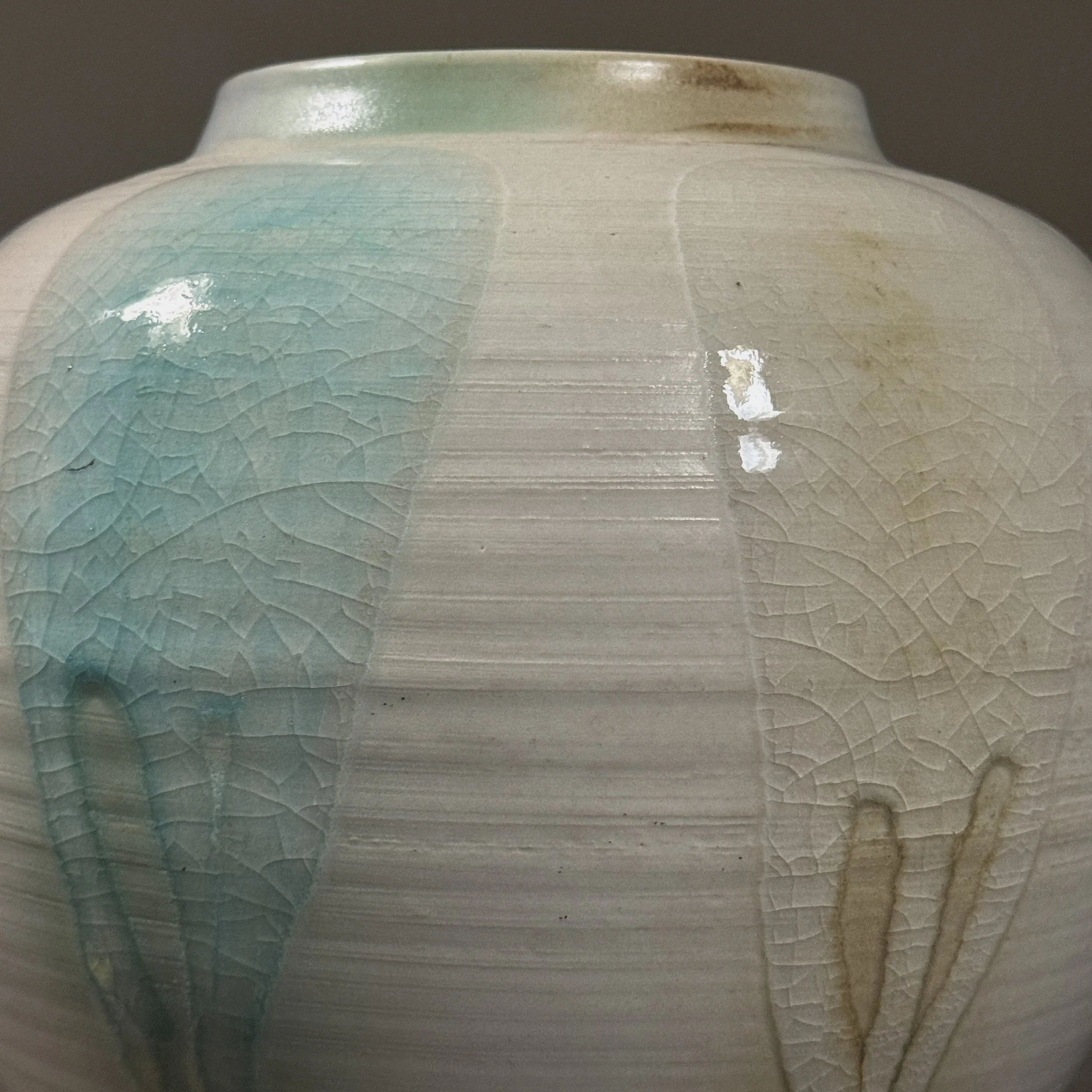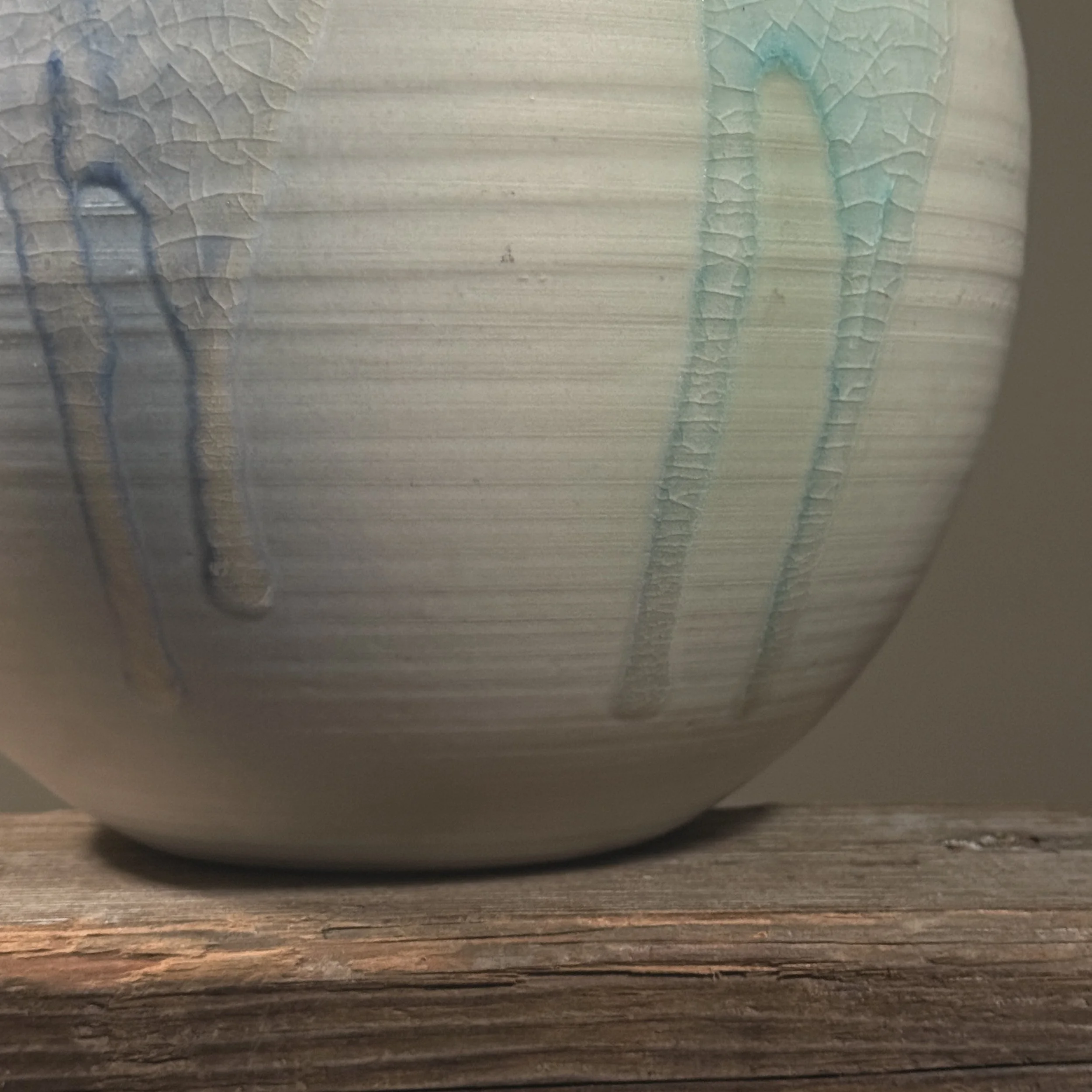 Image 1 of 8
Image 1 of 8

 Image 2 of 8
Image 2 of 8

 Image 3 of 8
Image 3 of 8

 Image 4 of 8
Image 4 of 8

 Image 5 of 8
Image 5 of 8

 Image 6 of 8
Image 6 of 8

 Image 7 of 8
Image 7 of 8

 Image 8 of 8
Image 8 of 8









Nakamura Baizan (1907-1997) - Vintage Set of 5 Inlaid Stoneware Plates
Nakamura Baizan (中村梅山)
1907 (Meiji 40) – 1997 (Heisei 9)
Set of Five Inlaid Stoneware Plates
Dimensions: 15 cm (5.9 in) diameter × 2 cm (0.79 in) height
Signed on the base of each plate; accompanied by the original signed wooden tomobako (storage box). Excellent condition.
This set of five inlaid plates by Nakamura Baizan, a distinguished Kanazawa-based ceramicist active throughout the Shōwa period, exemplifies the artist's refined approach to traditional Japanese tea ceramics. Executed in a dark clay body with intricate inlay work, the plates display a balance of elegance and utility consistent with Baizan's reputation as a "master of tea pottery" (chadō-yaki no meijin). The restrained yet decorative surfaces echo influences from Ninsei-style and Nanban-style ceramics, both of which Baizan studied and reinterpreted within his own stylistic language. His oeuvre also includes explorations in Mishima inlay and other Korean-influenced techniques.
The plates are housed in the original, signed tomobako, attesting to their authenticity and the artist's esteem. Each piece bears Baizan’s signature on the underside.
Biography
Nakamura Baizan (中村梅山) was born in 1907 in Kanazawa, Ishikawa Prefecture, a region long celebrated for its rich traditions in craft and fine art. Active primarily during the Shōwa era (1926–1989), Baizan emerged as a leading figure in the mid-20th century revival of Japanese tea ceramics, drawing from historical models while introducing contemporary interpretations. His works are known for their sumptuous glazes, delicate inlay, and forms that blend utility with aesthetic restraint.
A second-generation ceramicist, the name "Nakamura Baizan" has since been carried on by his descendants, though both sons continue their artistic practice under their own names.
Museum Holdings
Works by Nakamura Baizan are held in several regional and national collections, including the Ishikawa Prefectural Museum of Art and the Kanazawa Yasue Gold Leaf Museum. His contributions to modern Japanese ceramics have been recognized in numerous exhibitions focusing on the development of 20th-century Japanese tea ware and regional pottery traditions.
Nakamura Baizan (中村梅山)
1907 (Meiji 40) – 1997 (Heisei 9)
Set of Five Inlaid Stoneware Plates
Dimensions: 15 cm (5.9 in) diameter × 2 cm (0.79 in) height
Signed on the base of each plate; accompanied by the original signed wooden tomobako (storage box). Excellent condition.
This set of five inlaid plates by Nakamura Baizan, a distinguished Kanazawa-based ceramicist active throughout the Shōwa period, exemplifies the artist's refined approach to traditional Japanese tea ceramics. Executed in a dark clay body with intricate inlay work, the plates display a balance of elegance and utility consistent with Baizan's reputation as a "master of tea pottery" (chadō-yaki no meijin). The restrained yet decorative surfaces echo influences from Ninsei-style and Nanban-style ceramics, both of which Baizan studied and reinterpreted within his own stylistic language. His oeuvre also includes explorations in Mishima inlay and other Korean-influenced techniques.
The plates are housed in the original, signed tomobako, attesting to their authenticity and the artist's esteem. Each piece bears Baizan’s signature on the underside.
Biography
Nakamura Baizan (中村梅山) was born in 1907 in Kanazawa, Ishikawa Prefecture, a region long celebrated for its rich traditions in craft and fine art. Active primarily during the Shōwa era (1926–1989), Baizan emerged as a leading figure in the mid-20th century revival of Japanese tea ceramics, drawing from historical models while introducing contemporary interpretations. His works are known for their sumptuous glazes, delicate inlay, and forms that blend utility with aesthetic restraint.
A second-generation ceramicist, the name "Nakamura Baizan" has since been carried on by his descendants, though both sons continue their artistic practice under their own names.
Museum Holdings
Works by Nakamura Baizan are held in several regional and national collections, including the Ishikawa Prefectural Museum of Art and the Kanazawa Yasue Gold Leaf Museum. His contributions to modern Japanese ceramics have been recognized in numerous exhibitions focusing on the development of 20th-century Japanese tea ware and regional pottery traditions.

